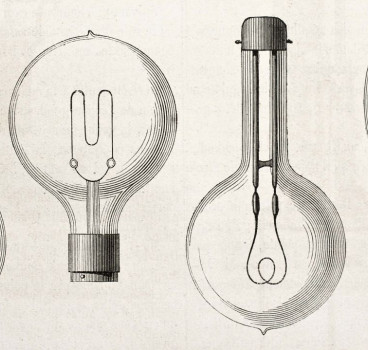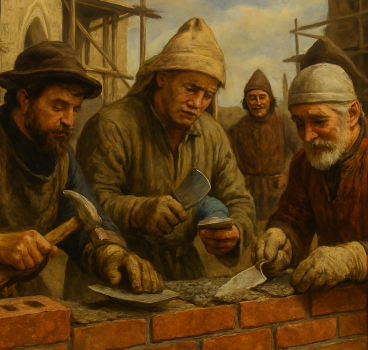Did Washington lay the White House’s first stone?
The White House whispers history with every creak and groan, its very walls imbued with the souls of power brokers and momentous decisions. But what if the story of this iconic edifice began not with a grand building, but with a single, humble brick?
Legend whispers that in 1792, George Washington, America's first president and a notorious architecture enthusiast, didn't just envision the White House – he literally placed the first brick in its foundation. Imagine the scene: a crisp October day, the fledgling city of Washington D.C. pulsating with the hope of a young nation. Amidst the construction din, a figure etched in history – Washington himself – trowel in hand, ceremoniously lays a specially marked brick.
While no photograph captures this moment, the echoes reverberate through newspaper accounts and diaries of the time. They tell of Washington, the architect in spirit, officiating at the cornerstone ceremony, his touch imbuing the nascent White House with a potent symbol of leadership and the birth of a national landmark.
Though whispers tend to fade with time, these written testaments, coupled with Washington's documented architectural passion, weave a compelling narrative. They paint a picture of a president not just shaping policy, but actively shaping the physical space where history would unfold. In that single brick, symbolically laid by the Founding Father himself, we see not just the genesis of a building, but the cornerstone of a national identity.
This isn't just a tale of bricks and mortar; it's a story of symbolism and legacy. The White House's first brick, perhaps bearing the touch of the very hands that penned the Constitution, becomes a tangible link between the birth of a nation and the edifice that would house its heart. It whispers of leadership, of a personal investment in the physical manifestation of American democracy.
So, while the picture of Washington laying that first brick might remain in the realm of historical legend, the story itself offers a tangible connection to the past. It reminds us that history isn't merely written in grand pronouncements, but also in the quiet gestures, the symbolic acts that lay the foundation for something far greater.
The next time you stand before the White House, remember the legend of the first brick. Feel the whispers of history brush against your skin, and know that in that simple act, a president became a builder, and a nation found its home.
Additional Articles

The electrifying birth of power in construction
There’s a moment in every great story when the lights come on - quite literally. Electricity was here for the first time and it did not just illuminate our homes - it rewired the entire DNA of...
Read moreThe strange nicknames for construction trades through history
Construction has always been a world with its own language. Walk onto a building site today and you’ll hear slang that outsiders struggle to decipher, from “sparkies” for electricians to “chippies”...
Read more

Buildings made of salt and why it’s possible
When we think of building materials, we tend to picture stone, timber, steel, concrete, or glass. Salt, on the other hand, conjures images of dinner tables and seaside breezes rather than walls,...
Read more